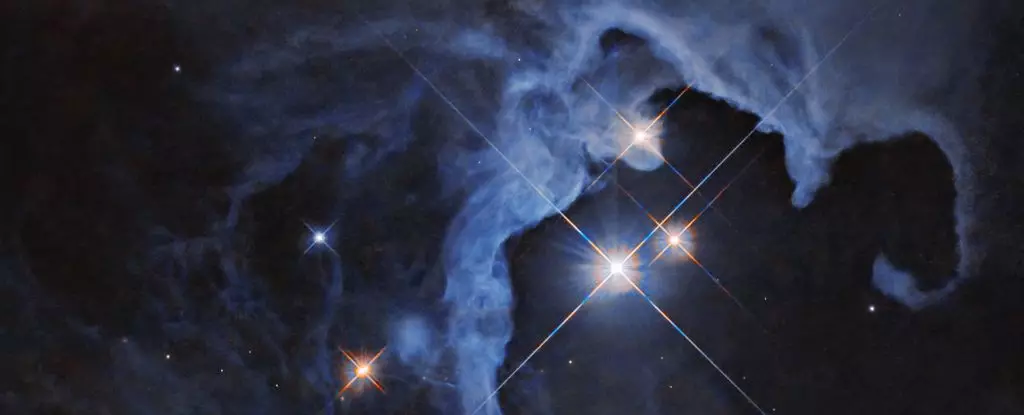The question of whether Earth is the sole bastion of intelligent life within the vast expanse of the Universe has haunted humanity for centuries. As we gaze into the cosmos, we cannot ignore the possibility that we might be sitting solitary in a universe filled with darkness, a mere flickering candle of intelligence among a sea of emptiness. While our observations suggest our unique standing, the silence from other potential civilizations poses profound questions about the nature of life in the cosmos. What factors could explain our current isolation, and how might they influence the emergence of life?
The exploration of these questions recently led to a significant development in astrobiology: the inclusion of a new variable in the famous Drake Equation, a tool devised over fifty years ago to estimate the presence of extraterrestrial civilizations. This new variable centers around dark energy, a mysterious force that plays a crucial role in the expansion of our Universe. Led by physicist Daniele Sorini from Durham University, recent research aims to delve into how dark energy might influence the rate of star formation, a critical component for the existence of life as we know it.
Dark energy remains one of the biggest enigmas in cosmology. Although we lack a concrete understanding of its nature, scientists have estimated that it constitutes about 71.4 percent of the Universe’s total matter-energy content. This leaves only a minuscule proportion, approximately 4.6 percent, for ordinary matter – the building blocks of stars, planets, and life itself. With the knowledge that stars are vital to the genesis of life, particularly as energy sources, understanding how dark energy impacts the formation of these stars becomes imperative.
The research conducted by Sorini and his team explores how the outward push of dark energy influences the inward pull of gravity. By balancing these forces, we begin to understand how stars can form from the vast clouds of gas and dust in space. The research team calculated the optimal rate at which matter can convert into stars under various conditions of dark energy density. They discovered that an ideal conversion rate for star formation occurs when roughly 27 percent of matter is being transformed into stars. However, this figure starkly contrasts with our Universe’s current rate of 23 percent.
What does this discrepancy mean for the likelihood of intelligent life elsewhere in the Universe? Sorini’s research suggests that Earth’s conditions might not be the most suitable for the development of complex life forms. If a higher density of dark energy could still foster the emergence of life, this could imply that intelligent life has better chances of arising in different environments throughout the cosmos, where star formation could be more favorable.
This opens up compelling avenues for astrobiologists as they assess the factors contributing to the development of life. Beyond the rate of star formation, researchers must also consider the specific characteristics of those stars. How many host planets? How many of those planets fall within the so-called “habitable zone,” where conditions might support life? Additionally, the transport and synthesis of life’s building blocks—elements such as carbon and water—must also be examined.
Charting the Path Forward in Astrobiology
While the groundwork has been laid concerning dark energy and star formation, it is crucial to recognize that this is just one piece of a multifaceted puzzle. Each element, from star characteristics to the delivery mechanisms of life-building compounds, plays an integral part in shaping the potential for life in different regions of the Universe.
As scientists continue to connect these dots, we inch closer to a more comprehensive understanding of how life may have arisen, not only on Earth but potentially elsewhere within the galaxy. Future explorations of distant exoplanets and new observational technologies may hold the key to answering some of humanity’s most pressing questions about its place in the cosmos.
Our journey to understand life in the Universe is complex yet fascinating. As we grapple with concepts like dark energy and its influence on star formation rates, we are reminded that our own existence may be part of a more extensive cosmic narrative. The silence of the stars invites both skepticism and curiosity, urging us to explore the Universe beyond our home. The quest for extraterrestrial civilizations is not merely a search for companionship among the stars but rather an opportunity to comprehend our own origins and future within this vast and intricate cosmos.

